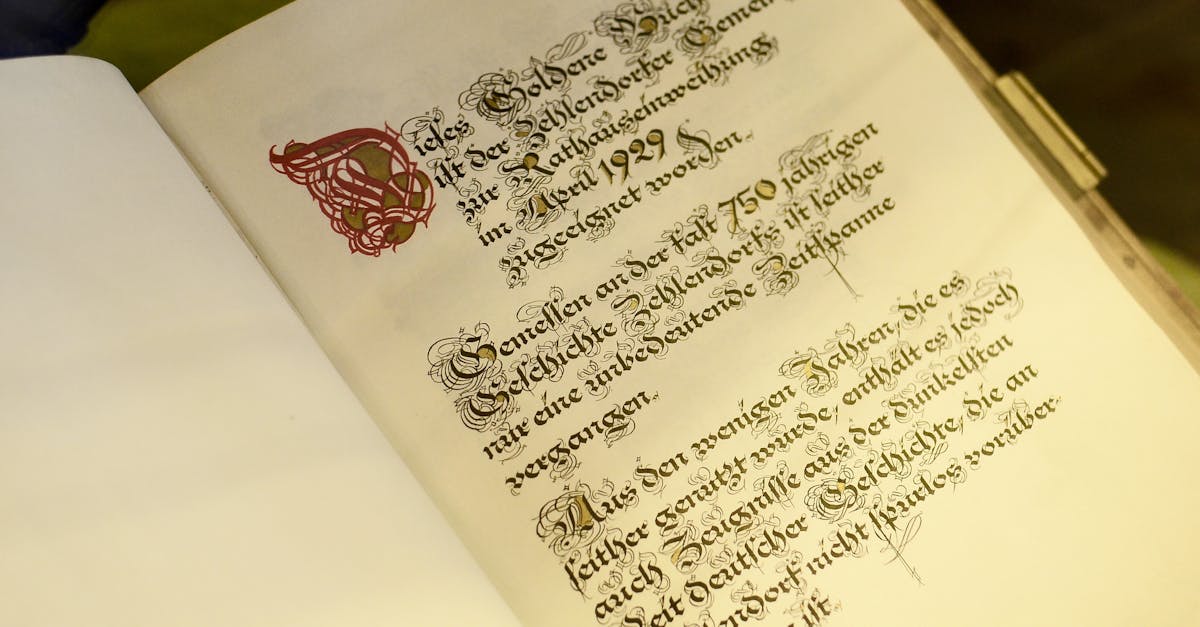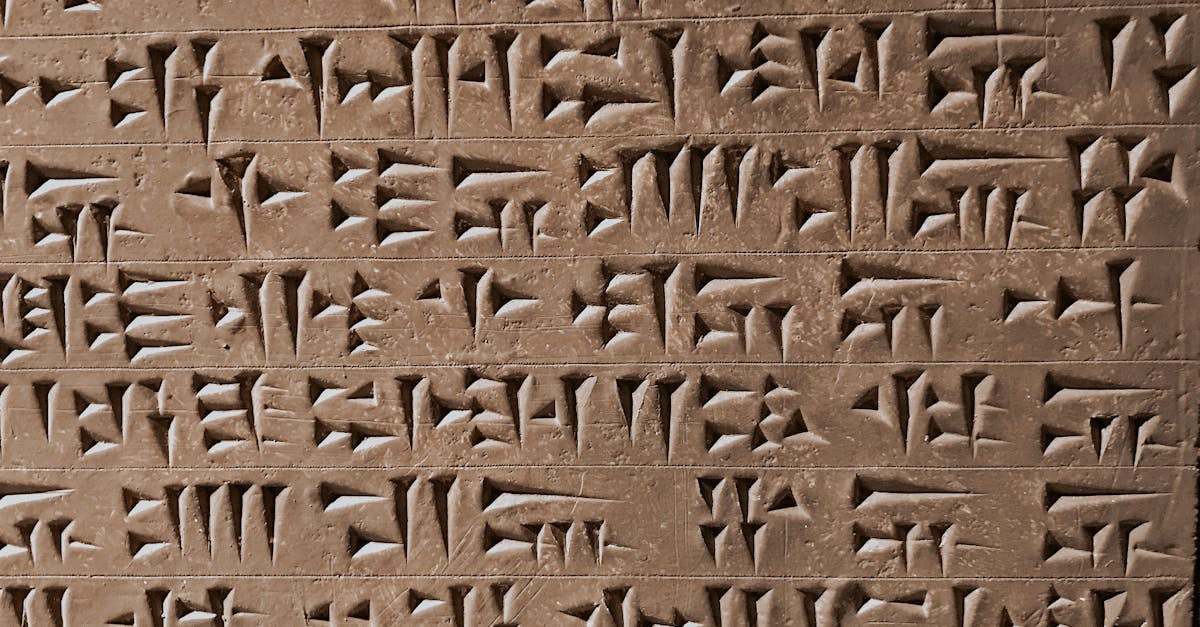The quest to identify the oldest language in the world is a captivating journey through human history. Languages are the vessels of culture, tradition, and knowledge, and understanding their origins offers a glimpse into the lives of our ancestors. In this article, we will explore some of the oldest known languages, their historical significance, and their influence on modern communication.
| Language | Region | Estimated Age | Script |
|---|---|---|---|
| Sumerian | Mesopotamia | Over 4,500 years | Cuneiform |
| Egyptian | Egypt | Over 4,000 years | Hieroglyphics |
| Hebrew | Israel | Over 3,000 years | Hebrew Alphabet |
| Chinese | China | Over 3,000 years | Chinese Characters |
| Sanskrit | India | Over 3,500 years | Devanagari Script |
| Greek | Greece | Over 3,500 years | Greek Alphabet |
| Latin | Italy | Over 2,500 years | Latin Alphabet |
| Arabic | Arabian Peninsula | Over 1,500 years | Arabic Script |
| Aramaic | Middle East | Over 3,000 years | Aramaic Alphabet |
| Tamil | India | Over 2,500 years | Tamil Script |
Sumerian
Sumerian is often regarded as the oldest known written language, originating in ancient Mesopotamia around 3100 BCE. The Sumerians developed cuneiform script, which involved pressing a stylus into clay tablets. This language was primarily used for administrative, commercial, and religious purposes. The Sumerian civilization made significant contributions to writing, mathematics, and law, laying the groundwork for future cultures.

Egyptian
The Egyptian language, with its rich hieroglyphic script, dates back to around 3000 BCE. It was used in various forms for thousands of years, with hieroglyphs representing sounds and concepts. Ancient Egyptians utilized their language for monumental inscriptions, religious texts, and daily communication. The language evolved through several stages, including Middle Egyptian, Late Egyptian, and Coptic, which is still used in some Christian communities today.

Hebrew
Hebrew, a Semitic language, has a documented history spanning over 3,000 years. It is closely associated with the Jewish people and their religious texts, including the Hebrew Bible. The language experienced a revival in the 19th and 20th centuries, transitioning from a liturgical language to a modern spoken one in Israel. Hebrew uses its unique script, which has remained relatively unchanged over the centuries.

Chinese
The Chinese language boasts a history of over 3,000 years, with its written form evolving significantly. The earliest Chinese characters appeared during the Shang Dynasty (1600-1046 BCE). Chinese is known for its tonal nature and logographic writing system, where each character represents a word or concept. The language has many dialects, with Mandarin being the most widely spoken today.

Sanskrit
Sanskrit is an ancient Indo-Aryan language that dates back over 3,500 years. It is the liturgical language of Hinduism and has influenced many modern languages in India. The script used for Sanskrit is Devanagari, and it is known for its grammatical complexity and rich vocabulary. Sanskrit literature includes vast texts like the Vedas, Upanishads, and epics such as the Mahabharata and Ramayana.

Greek
Greek is one of the oldest recorded living languages, with a history of over 3,500 years. The Greek alphabet, derived from the Phoenician script, has been pivotal in the development of Western literature and philosophy. Ancient Greek literature, including works by Homer, Plato, and Aristotle, has profoundly influenced Western thought, science, and culture.

Latin
Latin, the language of ancient Rome, has a documented history of over 2,500 years. It was the lingua franca of the Roman Empire and has influenced many modern languages, particularly the Romance languages (Italian, French, Spanish, Portuguese, and Romanian). Although Latin is no longer spoken as a native language, it remains important in law, science, and the Catholic Church.

Arabic
Arabic is a Semitic language with a rich history of over 1,500 years. It is the language of the Quran, the holy book of Islam, and has numerous dialects across the Arab world. The Arabic script is written from right to left and is known for its calligraphic beauty. Arabic has significantly influenced other languages, particularly in fields like science, mathematics, and philosophy.

Aramaic
Aramaic is an ancient Semitic language that dates back to around 1200 BCE. It was widely spoken in the ancient Near East and served as a lingua franca during the Assyrian and Babylonian empires. Aramaic is notable for being the language spoken by Jesus Christ. While it has largely faded from everyday use, it is still studied and preserved in certain communities.

Tamil
Tamil is one of the longest-surviving classical languages in the world, with a history of over 2,500 years. It is predominantly spoken in the Indian state of Tamil Nadu and in Sri Lanka. Tamil has a rich literary tradition, with ancient texts dating back to the Sangam period. The language has its own script and is recognized as a classical language by the Indian government.

FAQs
What is the oldest language still in use today?
The oldest language still in use today is often considered to be Tamil, which has been continuously spoken for over 2,500 years. It is recognized for its rich literary tradition and is an official language in India and Sri Lanka.
Are there any languages older than Sumerian?
Sumerian is widely regarded as the oldest known written language. While there are oral languages that may be older, Sumerian holds the distinction of being the first to leave behind written records.
How do linguists determine the age of a language?
Linguists determine the age of a language through historical texts, written records, linguistic evolution, and the study of language families. They analyze phonetic changes, grammatical structures, and vocabulary over time.
References:
– [Ancient Languages](https://www.britannica.com/topic/ancient-language)
– [History of Languages](https://www.loc.gov/rr/program/bib/languages/language.html)
– [Sumerian Language](https://www.ancient.eu/Sumerian_Language/)
– [Hebrew Language](https://www.britannica.com/topic/Hebrew-language)
– [Tamil Language](https://www.britannica.com/topic/Tamil-language)
